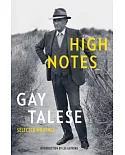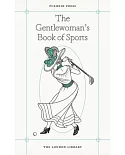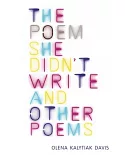'How can Homer turn his listeners into spectators? His characters and the events he describes belong to a remote past, and he emphasizes that temporal distance by insisting on the gulf between
his heroes and 'men who are now.'1 Our analysis of Homeric battle sequences has its basis in Homeric poetics, particularly those aspects that involve vision and emphasize sight as the ultimate
source of the poet's knowledge of the distant events on the plains of Troy. But since the work of Milman Parry, the study of the Homeric poems has focused on verbal repetitions of formulaic
expressions on the level of the individual hexameter lines, on type scenes in sequences of verses, and finally on typical motifs and themes that form the larger building blocks of the
narrative.2 Through extensive training, the poet acquires a mastery of all these forms of repetition from the micro level of the formulaic phrase to the macro level of thematic sequence that
ultimately allows him to combine and recombine these traditional components to structure his narrative. Despite its insights, Parry's work and that of his followers nevertheless did not
fundamentally alter the coordinates of the Homeric Question that had dominated discussion since the end of the eighteenth century. The focus remained on the composition and the mechanics of the
production, whether oral or written, of the Homeric poems'--





















